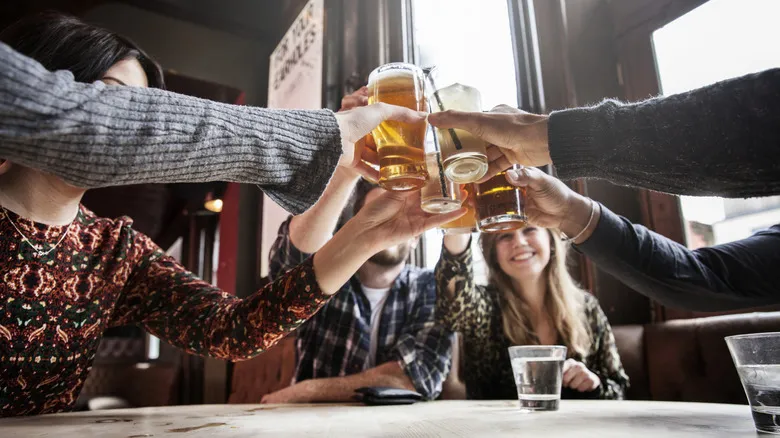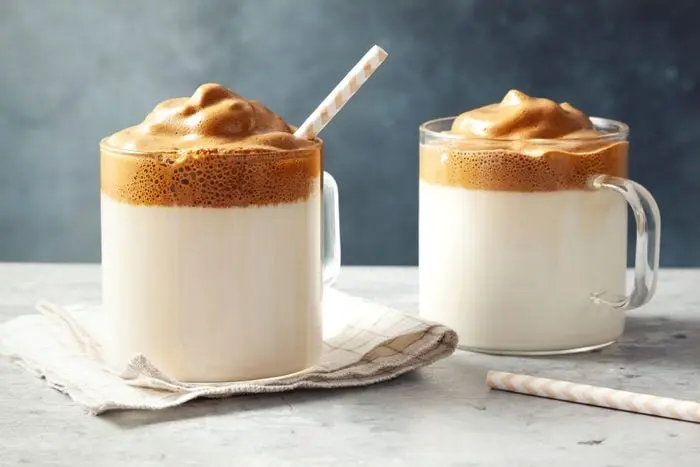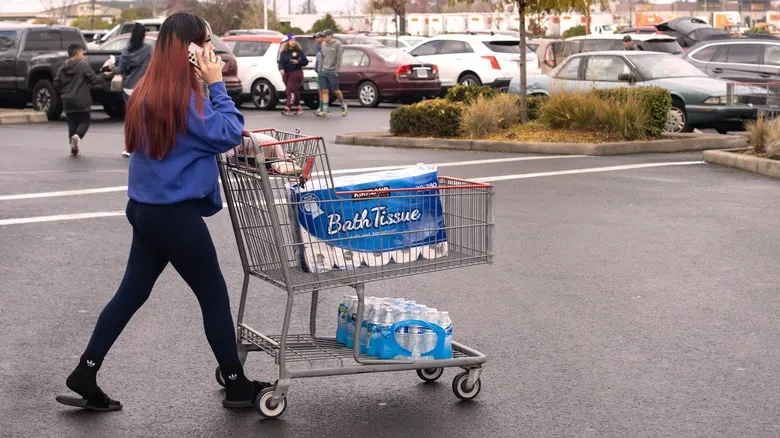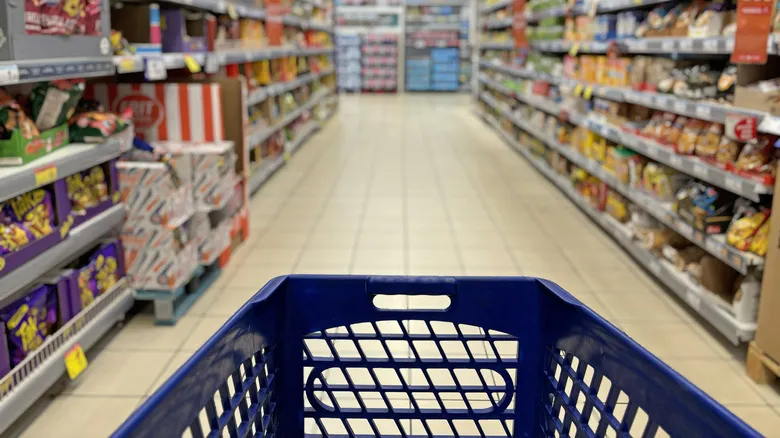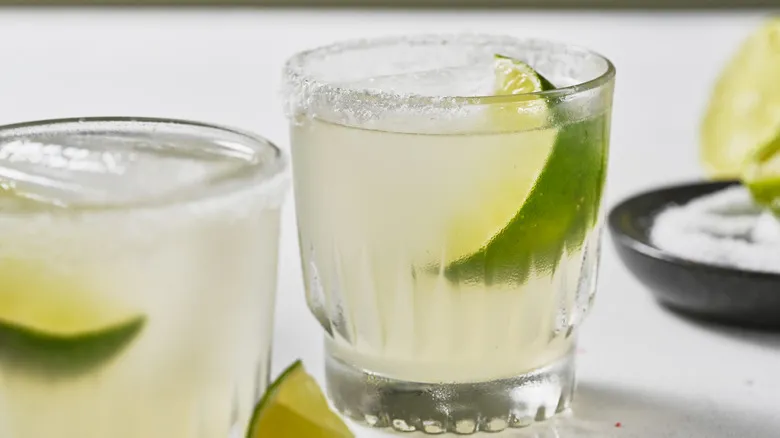US states where it's legal to drink non-alcoholic beer under age 21
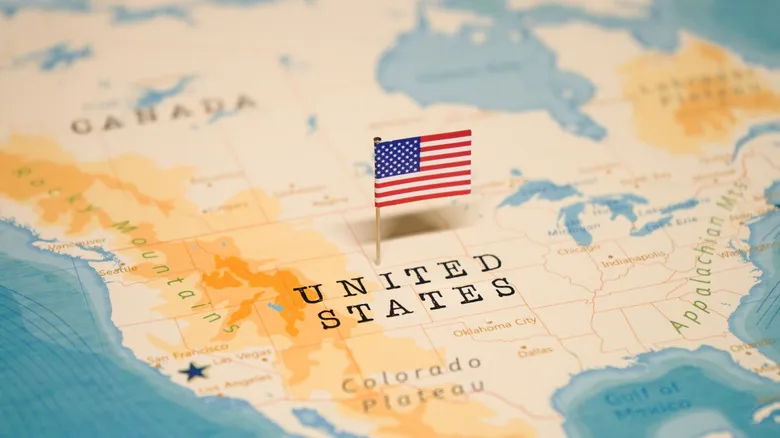
In the United States, non-alcoholic beer is defined as beer containing 0.5% ABV (alcohol by volume) or less. Although the alcohol content is minimal, some states enforce alcohol regulations that still apply, while others have enacted specific laws regarding non-alcoholic beers. In Louisiana, New Mexico, Oklahoma, Oregon, West Virginia, and Wyoming, individuals under 21 can legally consume non-alcoholic beer only with parental consent and supervision. Ohio permits the consumption of non-alcoholic beer for those over 18, while in Mississippi and North Dakota, individuals aged 18 to 21 may drink it only with parental oversight.
Fifteen states impose a complete ban on the consumption of non-alcoholic beers for those under 21. These states include Alabama, Georgia, Idaho, Indiana, Kansas, Maine, Michigan, Missouri, Nebraska, New York, Pennsylvania, South Carolina, South Dakota, Tennessee, and Utah.
Additionally, there are nine states where the laws regarding non-alcoholic beer consumption are ambiguous. In these states, servers may choose to err on the side of caution and deny non-alcoholic beer to minors to avoid any potential legal repercussions. These states are Arizona, Arkansas, Colorado, Connecticut, Delaware, Kentucky, Nevada, New Hampshire, and Vermont.
The remaining 17 states permit individuals of any age to consume non-alcoholic beer.
Why it is illegal for minors to drink non-alcoholic beer in some states
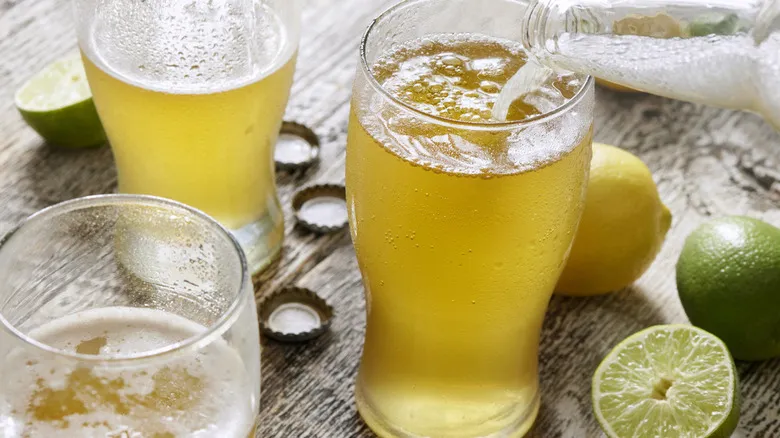
It is understandable that the sale and consumption of alcoholic beer is prohibited for minors in the United States. In addition to the numerous risks associated with alcohol use in adults, younger individuals often exhibit poorer judgment, and research indicates that alcohol can adversely affect brain development (according to the National Institute on Alcohol Abuse and Alcoholism). However, given that non-alcoholic beer contains little to no alcohol, why is it still illegal for minors in many states?
One reason for this issue is that current laws prohibiting alcoholic beer for minors do not clarify the alcohol by volume (ABV) of the beverage. The Federal Alcohol Administration Act defines beer simply as a malt beverage, and similar terminology is used by several states. In other instances, the reluctance to allow minors access to non-alcoholic beer stems from concerns about fostering associations with alcoholic beverages. Even in the absence of specific laws, some retailers opt not to sell non-alcoholic beer to children.
It's unclear if non-alcoholic beer is dangerous for minors

It would be beneficial to understand the specific effects of non-alcoholic beer on minors, but the complexities involved make ethical research challenging. If a child consumes non-alcoholic beer daily, does that increase their risk of developing a drinking problem later when they have access to alcoholic beverages? Unfortunately, we lack the necessary data to answer that question.
On the other hand, when considering the impact of alcohol on the body, it is somewhat easier to assert that non-alcoholic beer is unlikely to have any significant effects on minors. While some non-alcoholic beers can contain up to 0.5% alcohol, most have much lower levels. Many brands advertise themselves as containing 0% alcohol, and it is common to find non-alcoholic beers with around 0.05% alcohol. To match the alcohol content of a single regular beer, one would need to consume approximately 100 non-alcoholic beers, which is not a realistic concern.
Small amounts of alcohol can occur naturally in foods
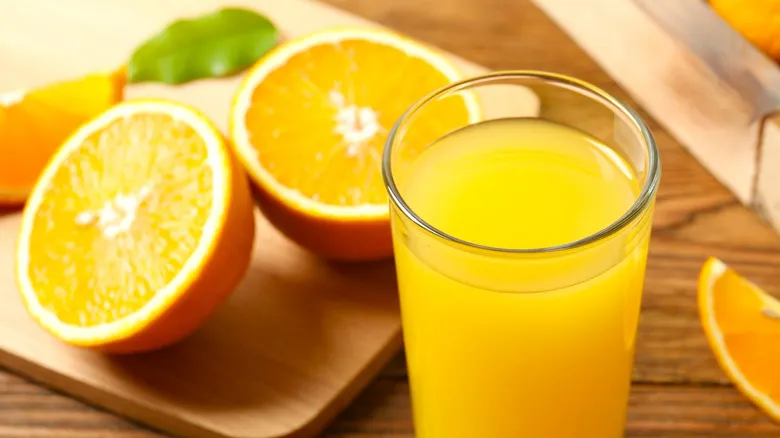
To illustrate just how minimal the alcohol content is in the average non-alcoholic beer, it's helpful to consider the natural alcohol found in various foods that are commonly consumed by minors. The interaction between bacteria and yeast with sugars in many foods can produce small amounts of alcohol without raising any significant concerns.
For instance, a ripe banana can contain about 0.2% ABV, with the percentage increasing as it ripens further. Fruit juices also undergo slight fermentation, with apple juice having an ABV of around 0.08% and grape juice reaching about 0.11%. While these levels are low, they still exceed the alcohol content found in most non-alcoholic beers. Additionally, the fermentation process used in bread-making results in trace amounts of alcohol. Most vinegars typically contain between 0.1% and 0.4% ABV, and soy sauce can have up to 2%. Although there may be social and psychological implications for minors consuming non-alcoholic beer, and it is advisable for them to avoid excessive intake, the actual alcohol exposure from such beverages is quite minimal.
Recommended

3 Simple Substitutes For Beer In A Recipe

The Wines You Should Be Drinking With Stinky Cheeses
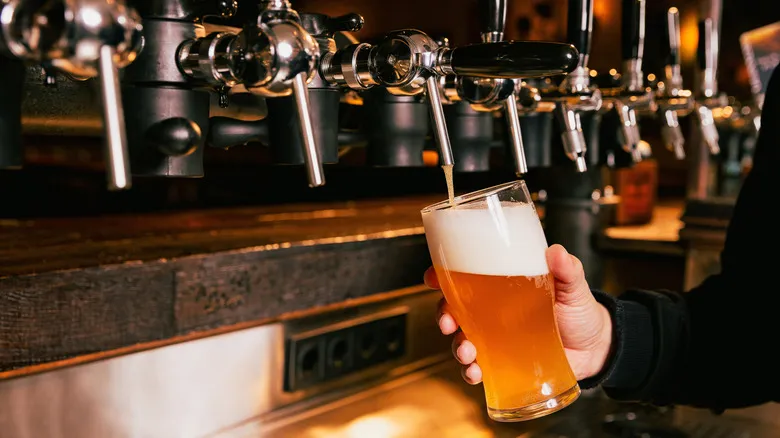
How Much Beer Foam Is Too Much?
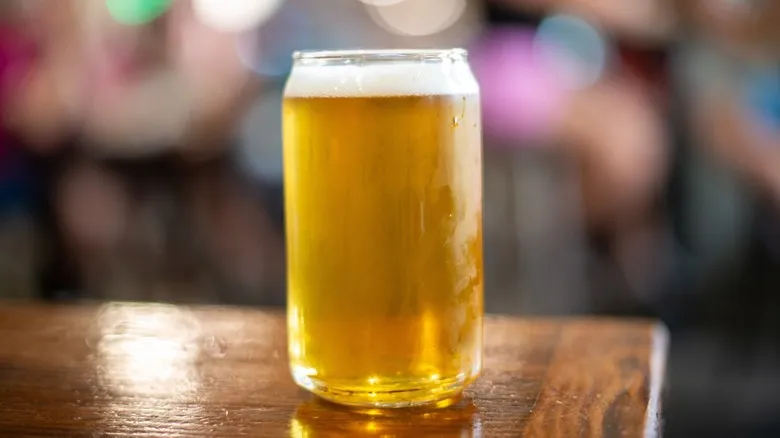
This Super-High-ABV Beer Was Only Served In Taxidermied Animals
Next up

